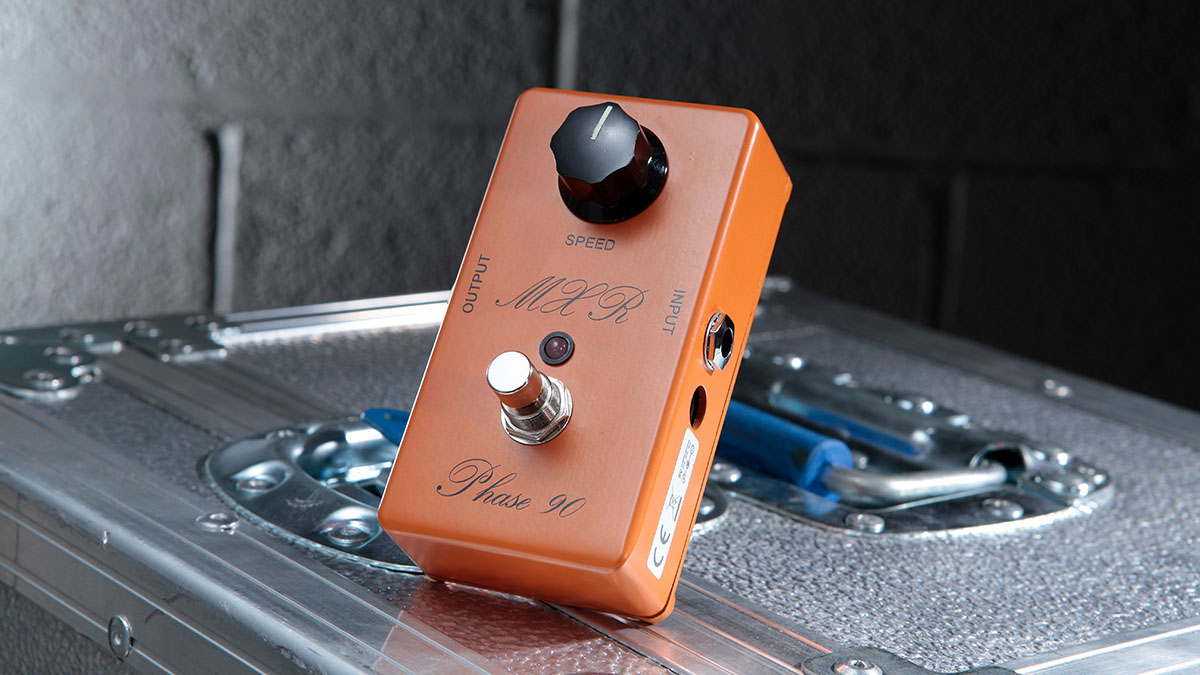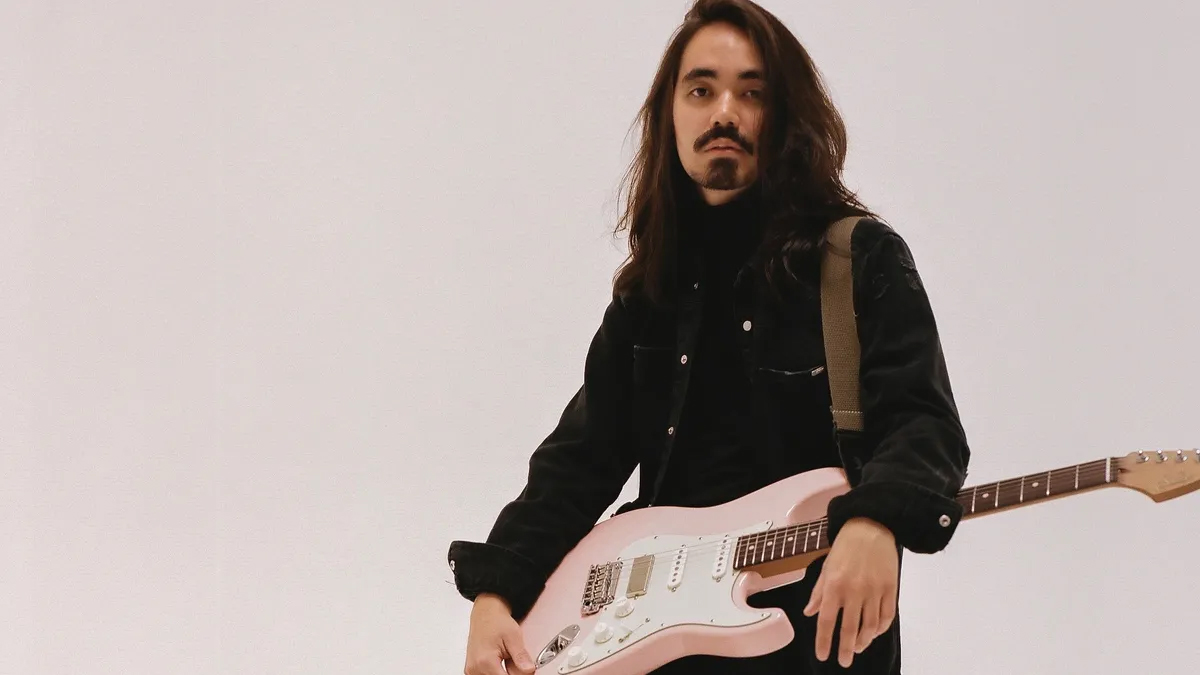The smallest, the simplest, the best? Why the MXR Phase 90 remains a pedalboard classic, beloved by EVH and Gilmour enthusiasts the world over
Famously used by Eddie Van Halen, David Gilmour and Steve Hackett, this single-knobbed phaser pedal has never been out of style, with a chewy psychedelic sound that can't be beat

The period between 1973 and 1975 was a significant phase for pedal effects as numerous phase shifters ideal for gigging guitarists emerged on the market.
A handful of great-sounding but bulky units were introduced previously, like the Uni-Vibe and Maestro PS-1A, but this era saw the introduction of numerous guitar-friendly devices.
These included the Electro-Harmonix Small Stone, the Maestro MPS-2 Mini-Phase and its identical counterpart the Oberheim P-100 Phasor, the dazzling, sophisticated Mu-Tron Bi-Phase and scaled-down Mu-Tron Phasor, the Ace Tone LH-100 Stereo Phasor, Roland’s terrifying trio of the AP-2 Phase II, AP-5 Phase Five and AP-7 Jet Phaser and possibly a few others.
Most of these effects have come and gone, with the exception of the EHX Small Stone and this article’s topic of discussion – the legendary MXR Phase 90.
Introduced in 1974, the MXR Phase 90 was certainly the smallest and arguably the simplest phaser pedal of its time, which accounted for much of its success and subsequent longevity.
Housed in a small diecast Bud box that easily fitted into a guitar case’s accessory compartment, the Phase 90 could easily withstand nightly abuse from stacked-heel platform boots without tripping up the guitarist’s snazzy dance steps.
Getting a good sound was easy: just dial the pedal’s solitary control (Speed) to the desired sweep rate and kick out the jams.
All the latest guitar news, interviews, lessons, reviews, deals and more, direct to your inbox!
Like the Small Stone, the Phase 90 features four-stage phase shifting, but because they each used different methods and circuits for varying resistance to create the phase-shifting effect they sound quite different, with the Phase 90’s effect being subtler.
The Small Stone also offered a wider speed range and a Color switch, but many players out there prefer the Phase 90’s “less is more” functionality and its highly musical personality.
Most vintage pedal collectors note that there is a difference between the early “script logo” and later “block logo” Phase 90s, which is partially true, although there was a crossover period where some block logo pedals got script logo circuit boards and vice versa, so a later script logo pedal may actually not be what it’s hoped to be.
It was, of course, a vital element of Eddie Van Halen’s sound, particularly on many of his solos including Eruption, but also as a sound effect on songs like the intro to Atomic Punk
The phase effect tends to be thicker, brighter and more pronounced on the block logo versions, but both versions deliver desirable Uni-Vibe/rotary-style effects at faster speeds and highly expressive shifting textures at slower speeds. Placing an overdrive or distortion box in front of a Phase 90 can also make the phasing effect more pronounced, if desired.
The list of MXR Phase 90 users over the last five decades is long and quite illustrious. It was, of course, a vital element of Eddie Van Halen’s sound, particularly on many of his solos including Eruption, but also as a sound effect on songs like the intro to Atomic Punk.
Steve Hackett was one of the earliest users as heard on mid-’70s albums by Genesis, and David Gilmour famously plugged into a Phase 90 on Pink Floyd’s Wish You Were Here album, most notably on Shine On You Crazy Diamond (either in tandem with a rotating speaker effect or without, as heard around the 7:30 mark) and Have a Cigar.
Robin Trower used one on stage for a while to replace his aging Uni-Vibe, and Steve Jones recorded tandem rhythm tracks each processed with Phase 90 to provide the snotty, snarling power chords of Anarchy in the UK.
More recent users include Muse’s Matt Bellamy, John Frusciante, Dave Grohl, Josh Homme, John Petrucci and dozens of others.
Suggested settings
EVH solo
Speed: Between 2 to 3 (or 9 to 10 o’clock)
Tip: Ed’s original Phase 90 was a script version from 1974 with a subtler effect than later block logo versions. If you have an EVH Phase 90 pedal, use the script setting.
Hendrix/Trower Uni-Vibe
Speed: 7 (or 2 o’clock)
Tip: Use an overdrive or distortion pedal in front of the Phase 90 to thicken the texture; a block logo version is best if you like extra-chewy, vocal-like growl. A Strat’s neck single-coil pickup sounds particularly gnarly.
Chris is the co-author of Eruption - Conversations with Eddie Van Halen. He is a 40-year music industry veteran who started at Boardwalk Entertainment (Joan Jett, Night Ranger) and Roland US before becoming a guitar journalist in 1991. He has interviewed more than 600 artists, written more than 1,400 product reviews and contributed to Jeff Beck’s Beck 01: Hot Rods and Rock & Roll and Eric Clapton’s Six String Stories.



